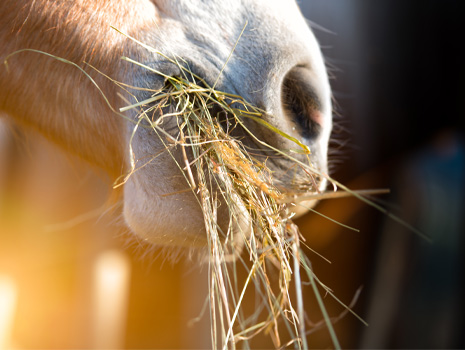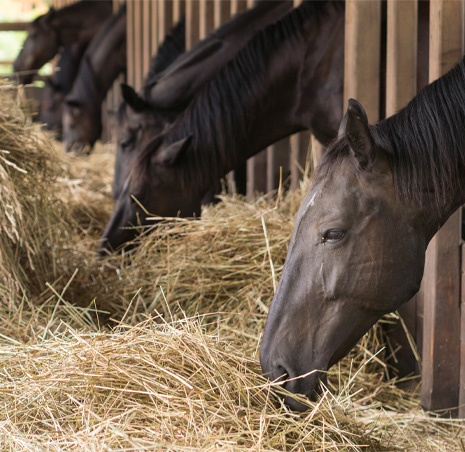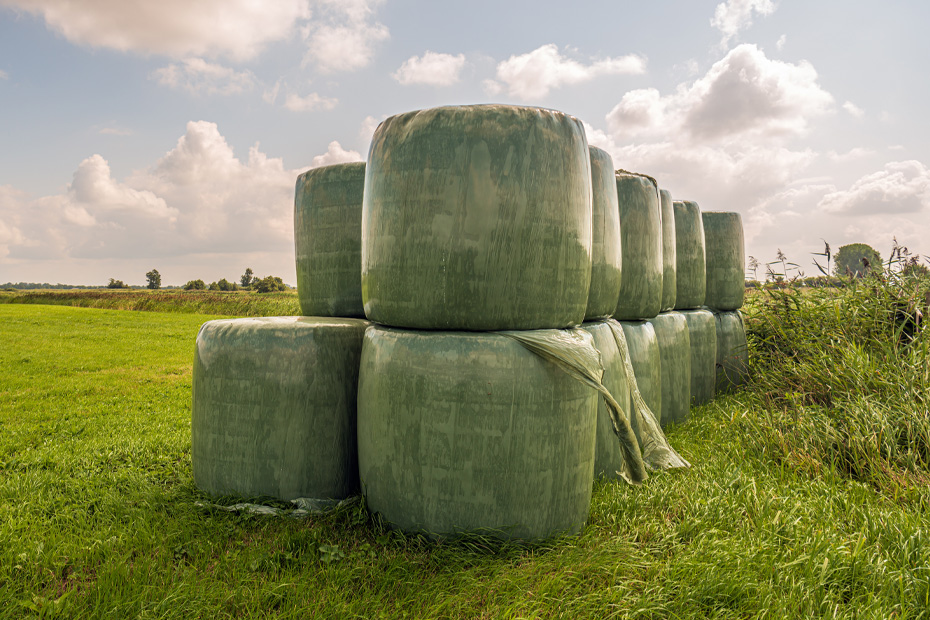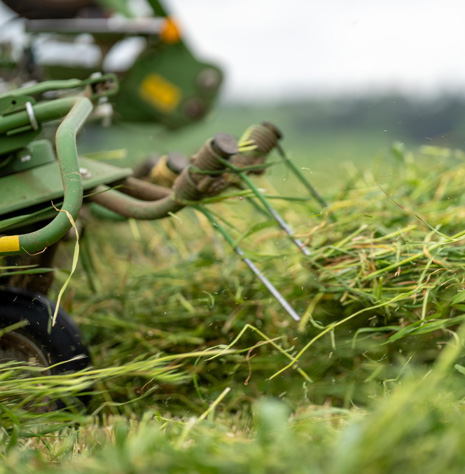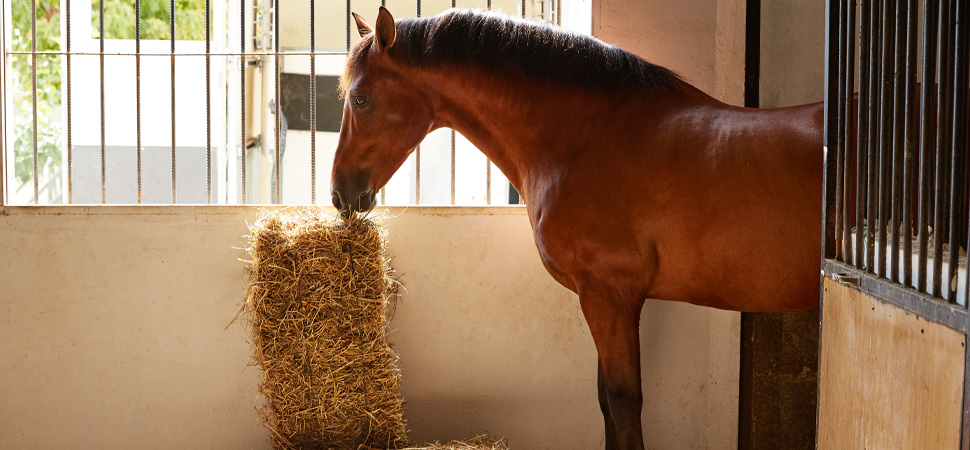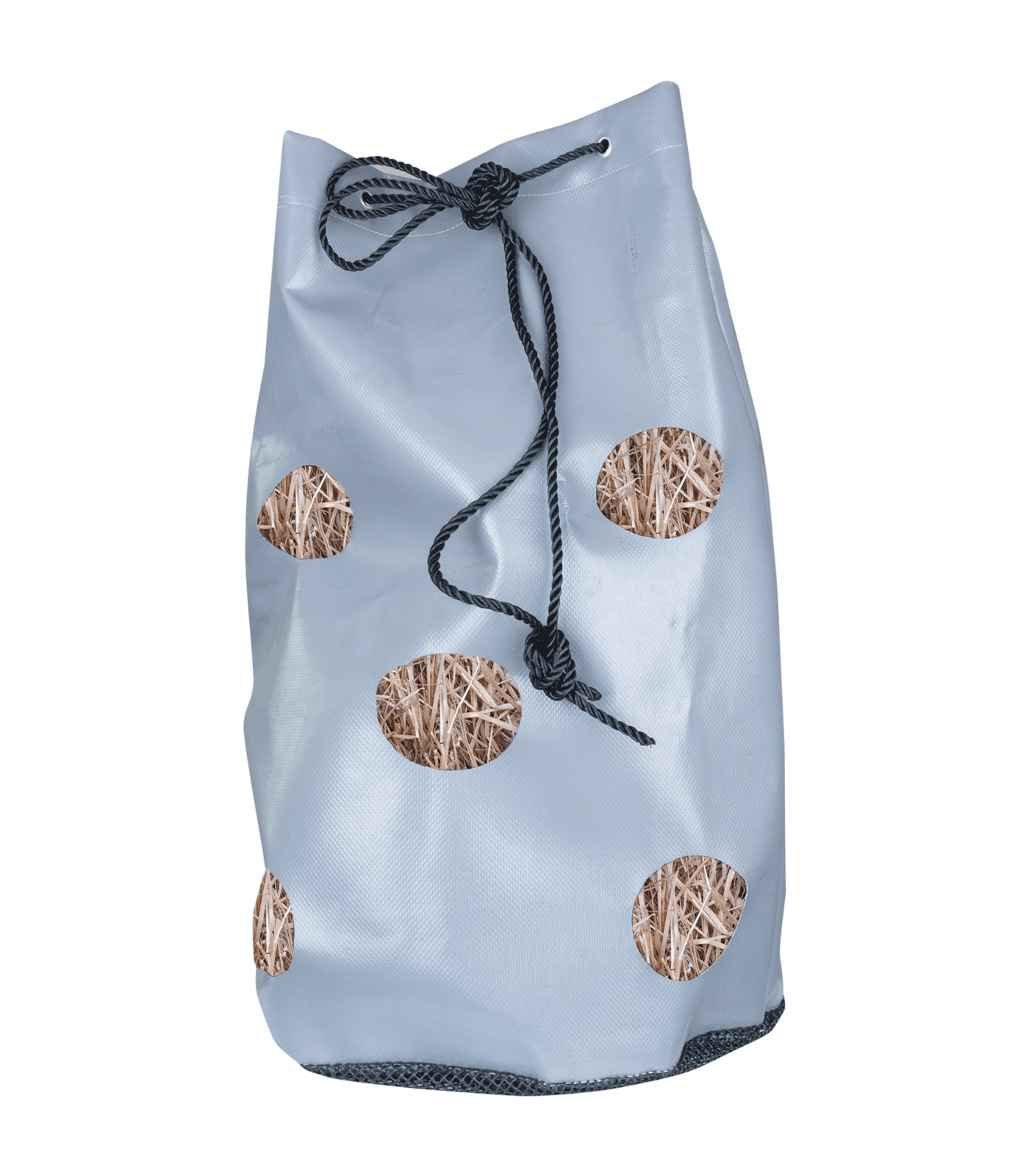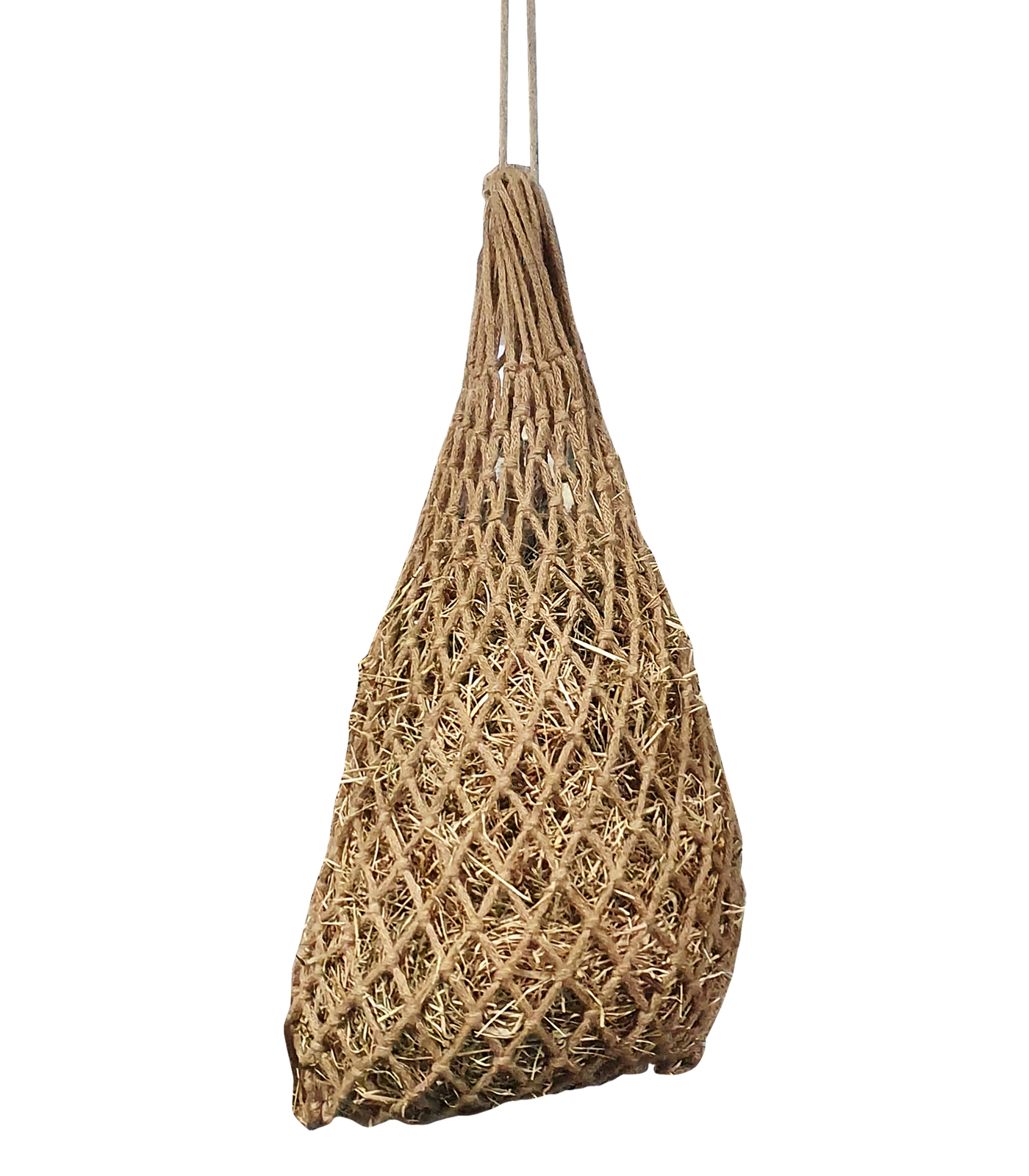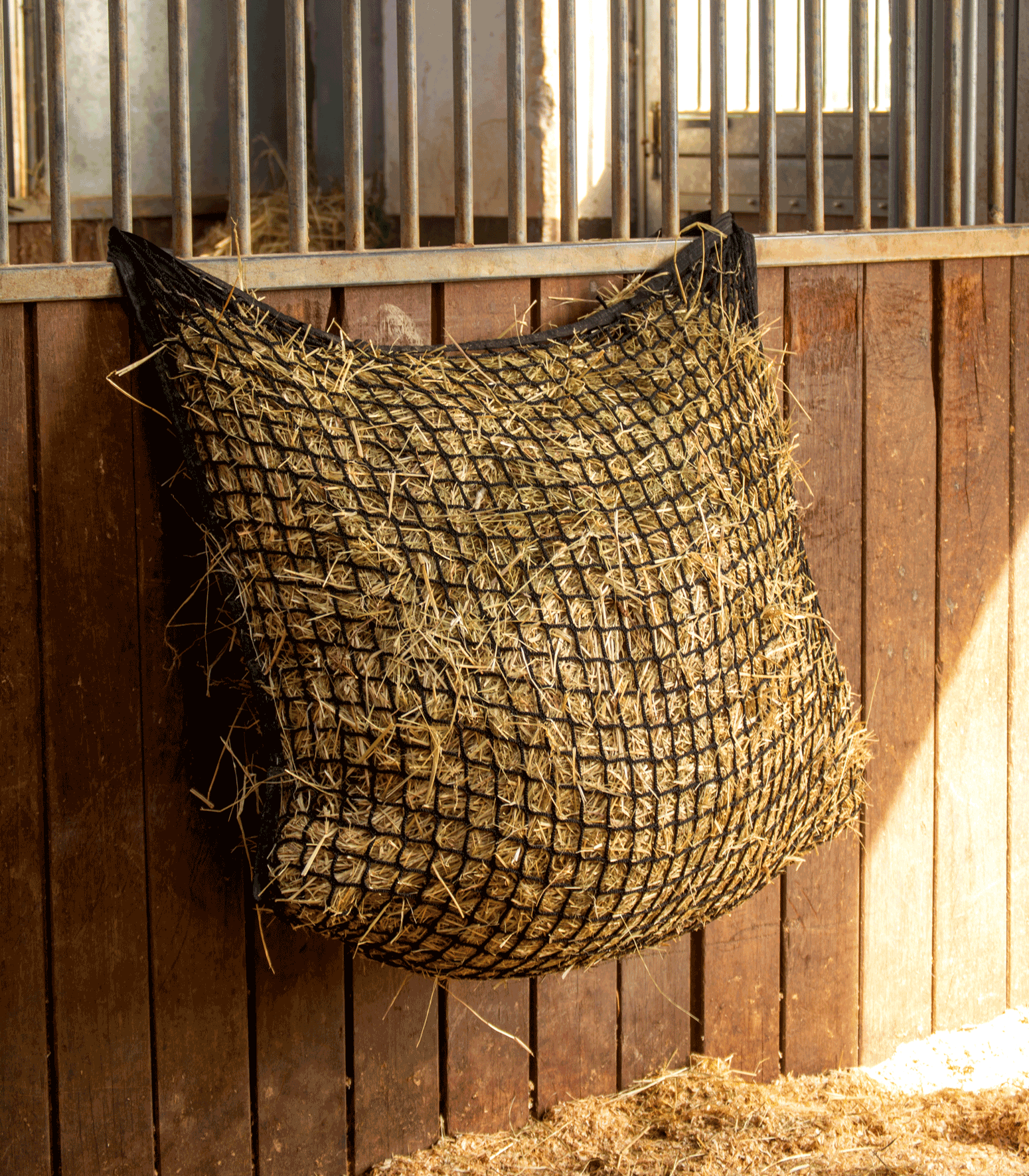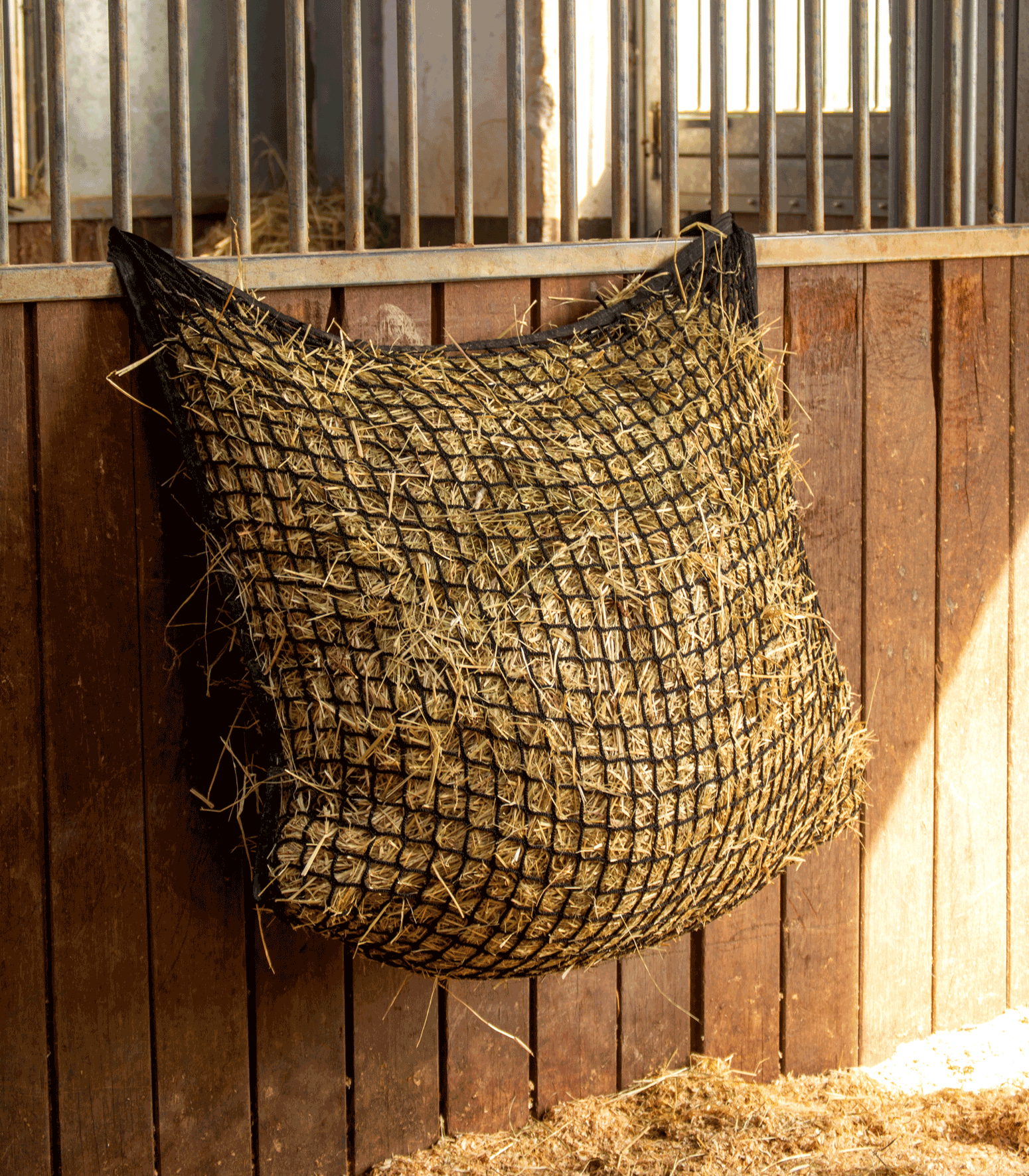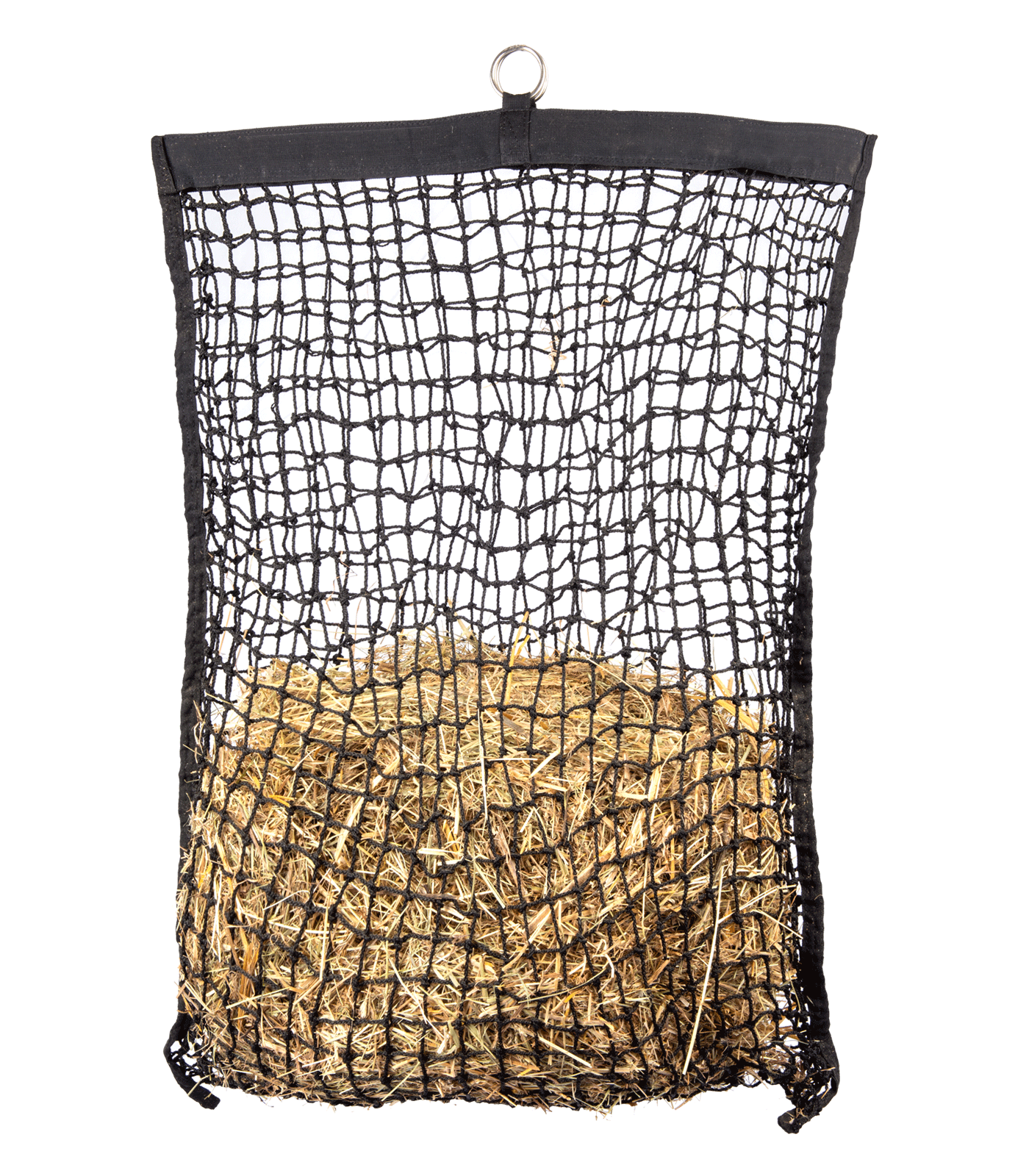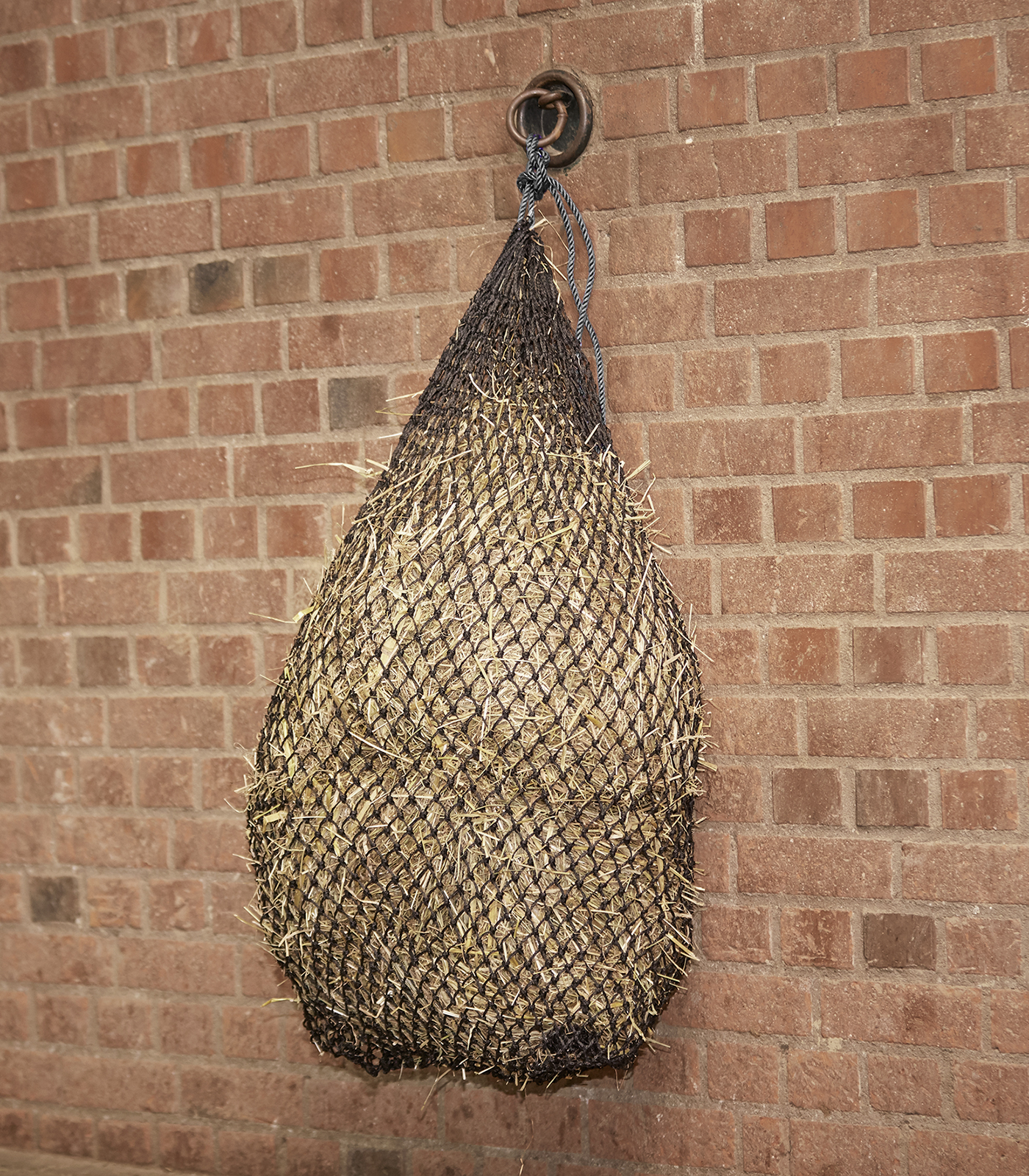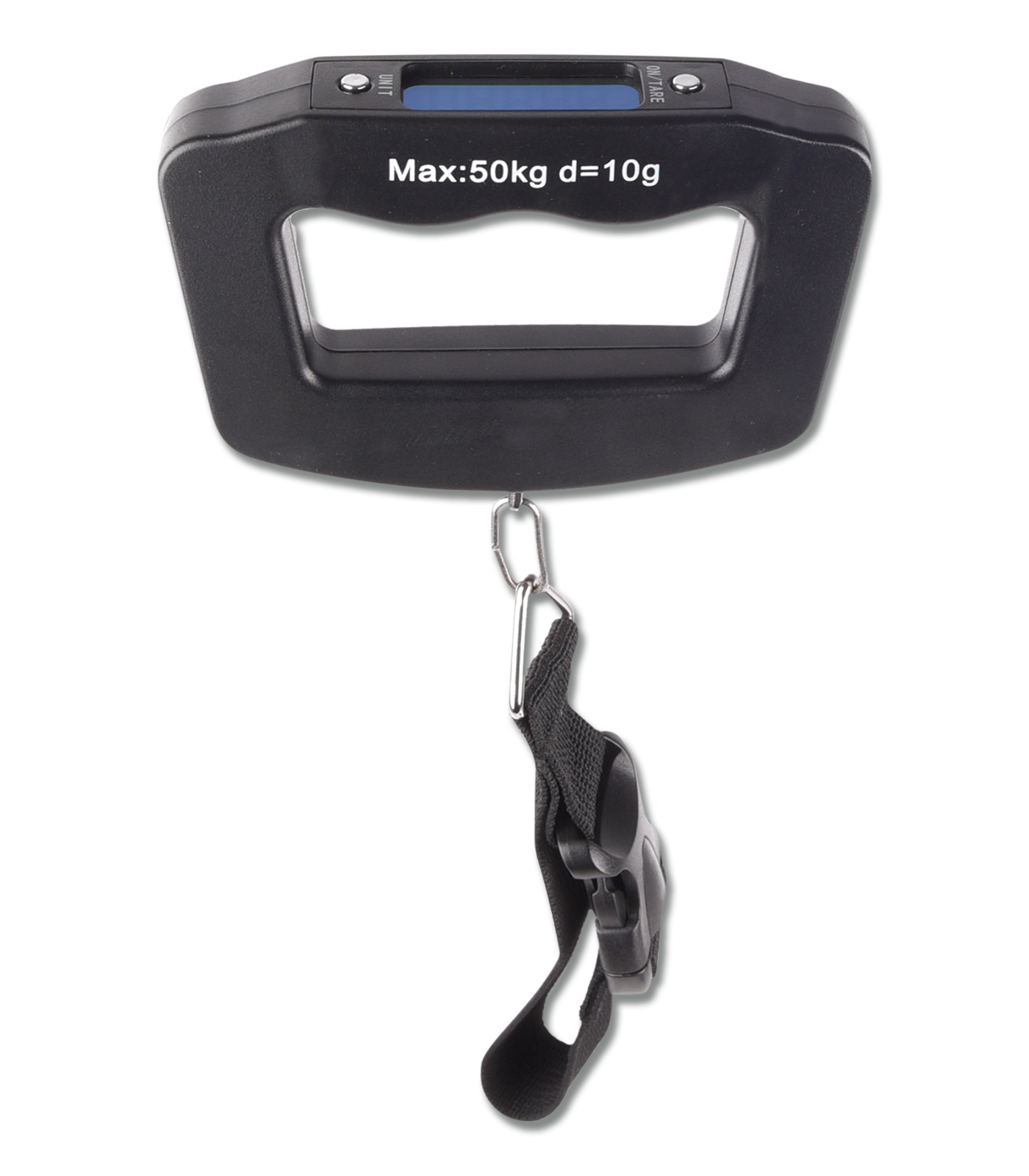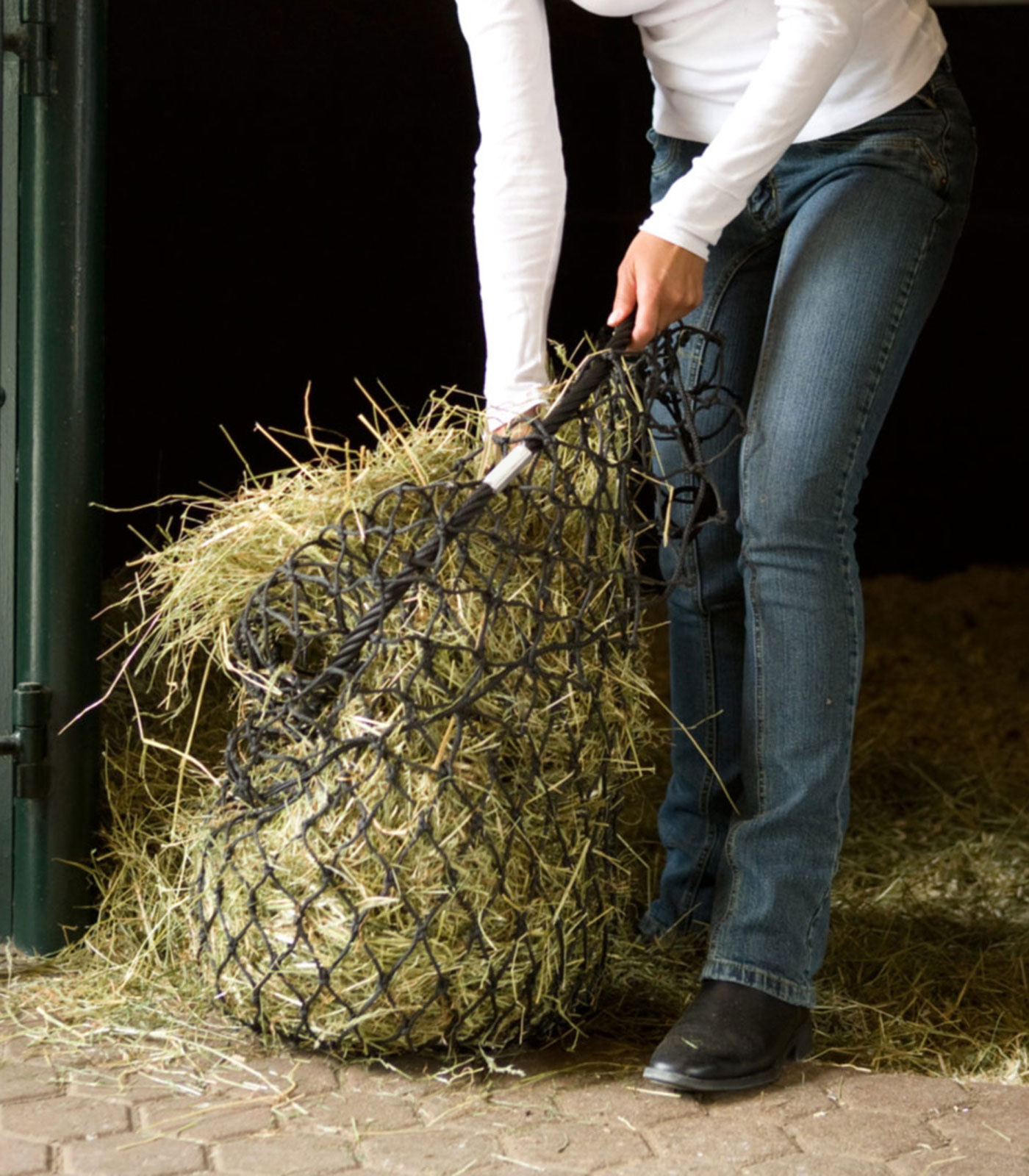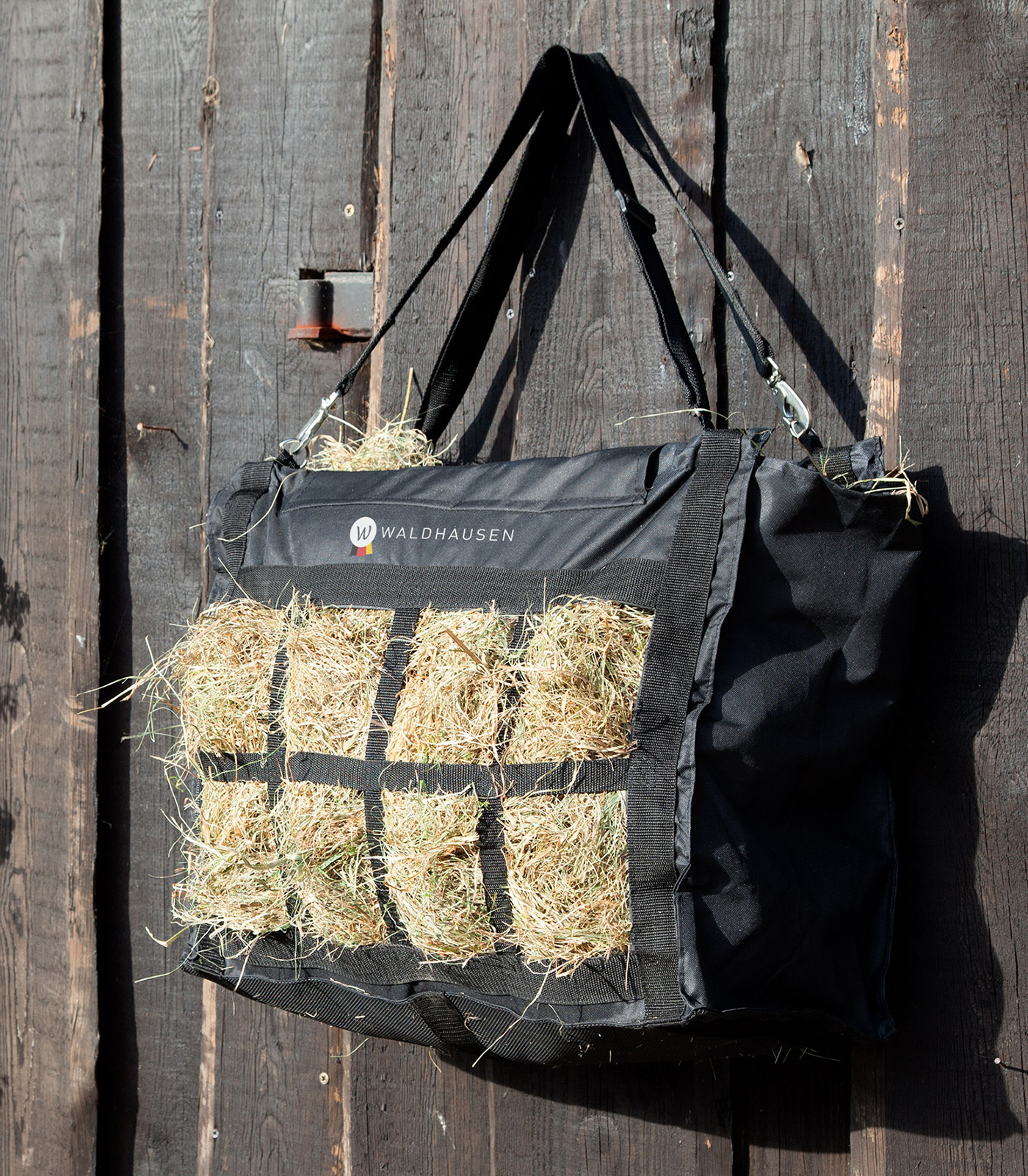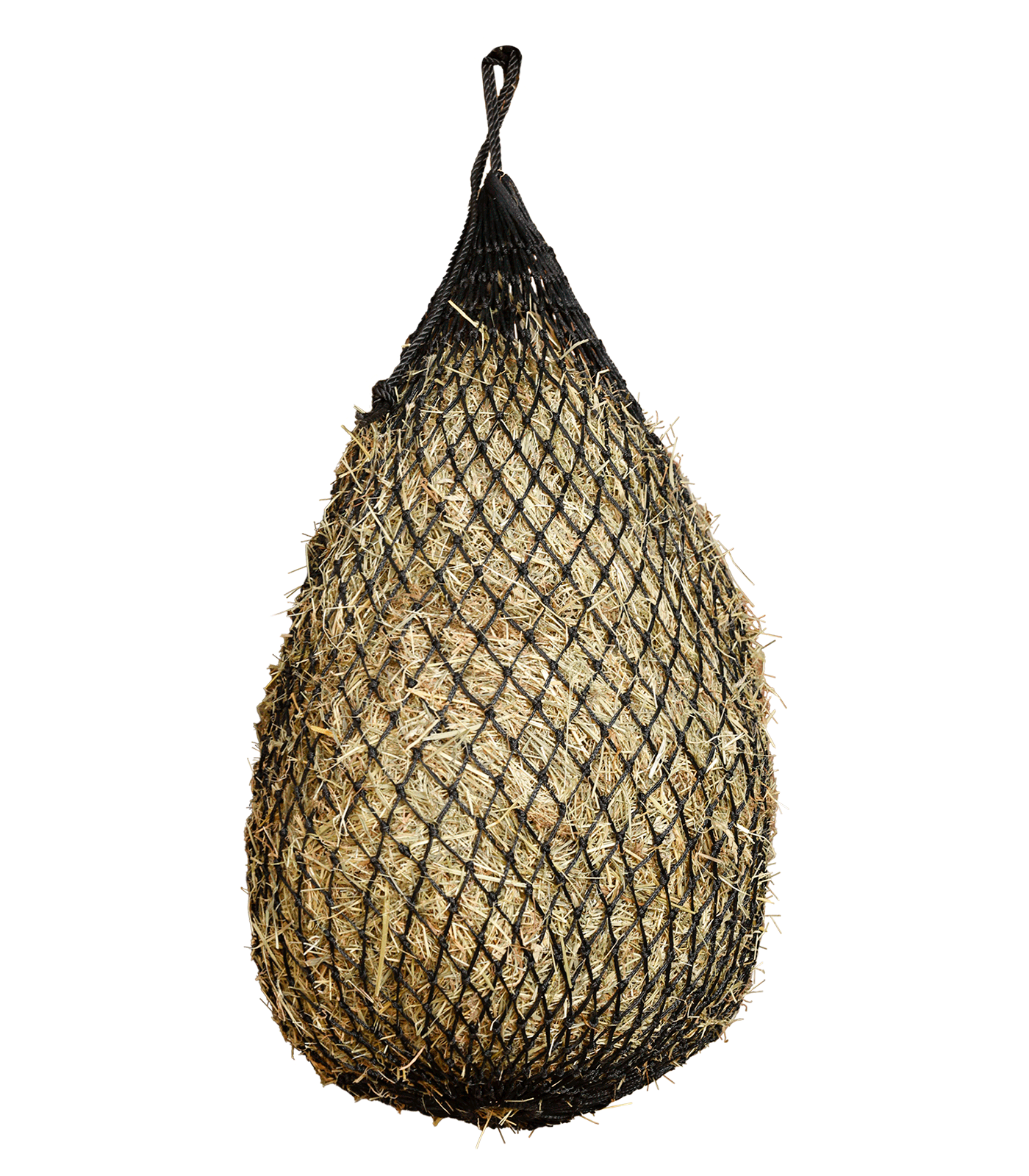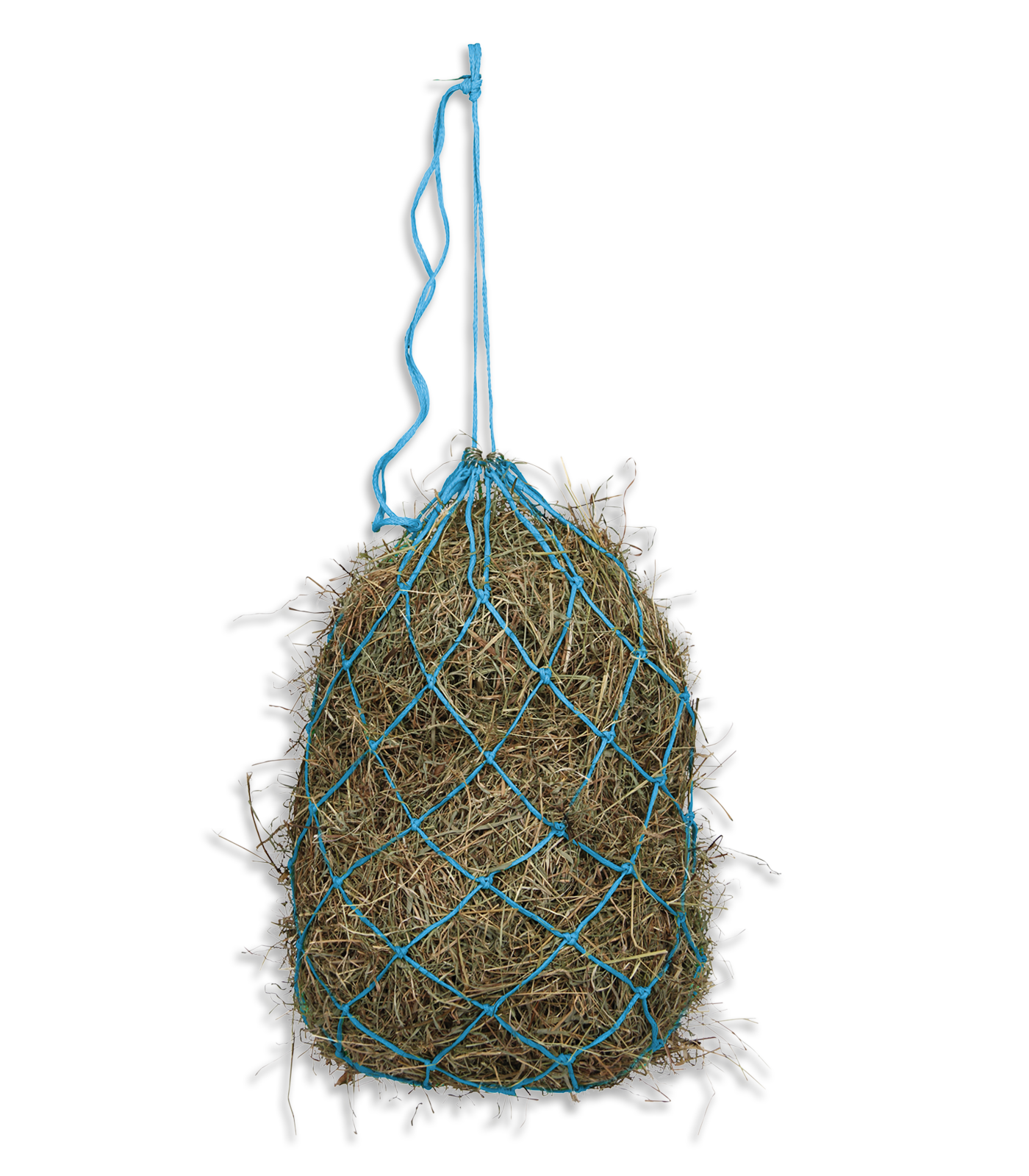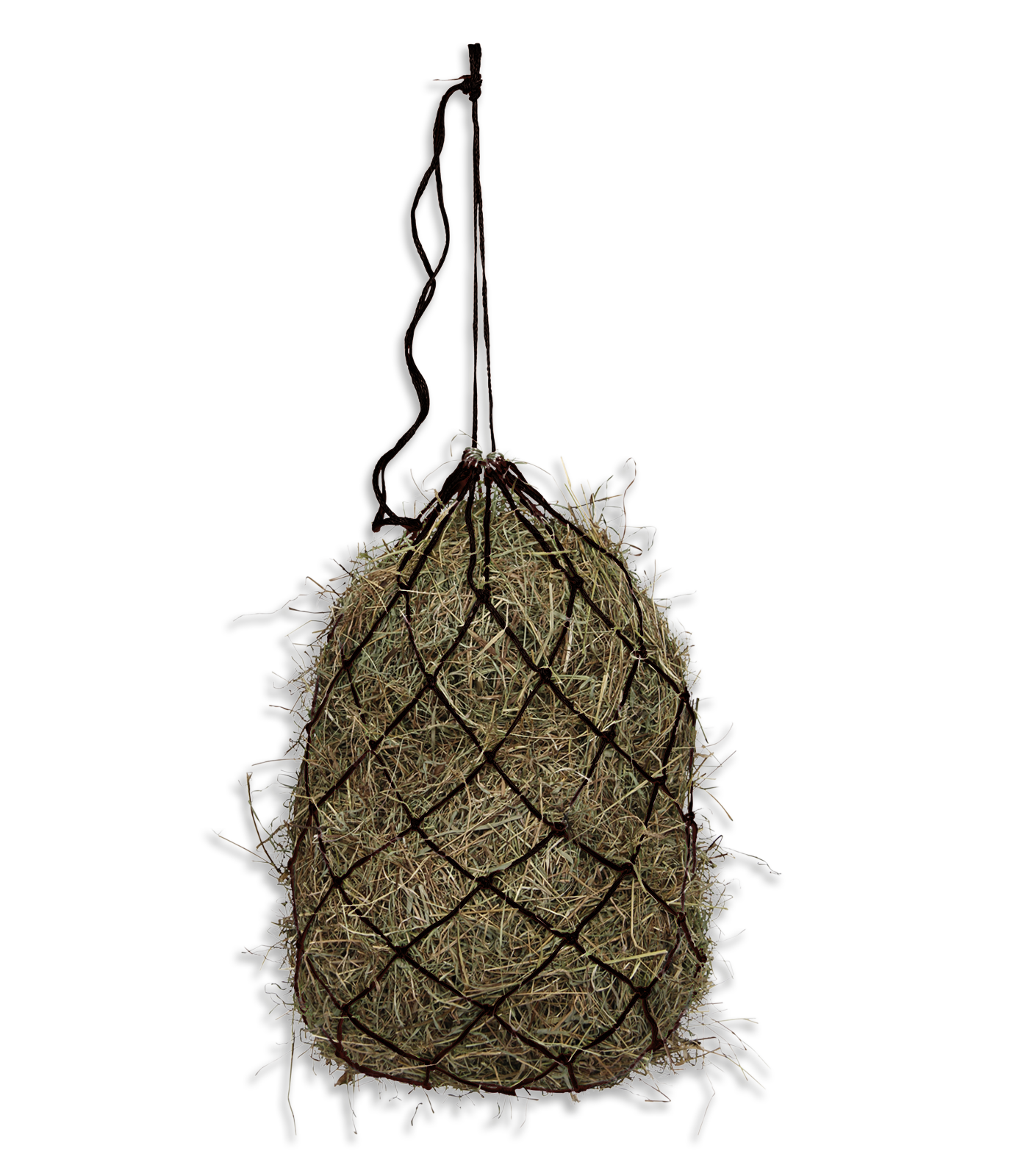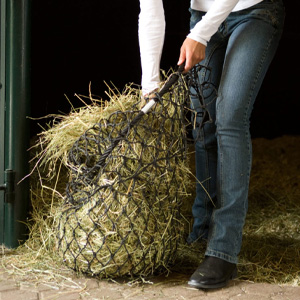
Roughage is far more than just a “filler” between concentrated meals. It is essential for maintaining every horse’s health, which is why roughage in all its forms, whether pasture grass during the warmer months or hay and haylage in colder seasons, should be available at all times. This reflects the horses natural feeding behavior best. Ideally, around 70 to 80 percent of the daily ration should consist of high-quality roughage. In this article, we’ll explain what that means and what you should keep in mind.
Die Autorin
Geboren 1983 in Mühldorf am Inn, entdeckte ich früh meine Leidenschaft für Schreiben, Kultur, Pferde und Reisen. Nach dem Abitur und einem B.A. in Kulturwissenschaften begann ich 2007 meine journalistische Laufbahn. Mein Artikel über Meredith Michaels-Beerbaums EM-Sieg wurde mehrfach ausgezeichnet. Seither schreibe ich für über 30 Fachmagazine, unterstütze Buchprojekte wie „Ausgewählte Hengste Deutschlands“ und betreue PR-Mandate. Zudem widme ich mich dem Reisejournalismus, etwa in meiner Serie „Turnierhopping“.
Alexandra Koch
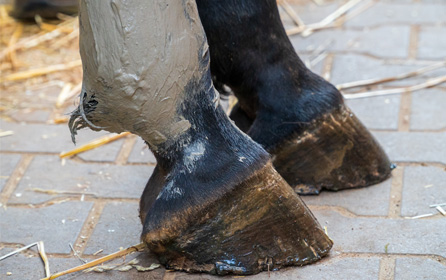
A well-stocked horse first-aid kit is essential for every stable. In our blog article, you'll find practical tips on the must-have supplies, how to use them correctly, and preventive measures to keep your horse healthy and safe.

Everything you need to know about safe equipment for horse and rider – from helmets and protective vests to properly fitted saddles and gear.

Whether in the riding arena, out on a hack or handling your horse in the stable, safety should always be the top priority. In our blog article, you'll find practical tips—from choosing the right equipment and practicing safe behavior to preventive measures that help avoid accidents.
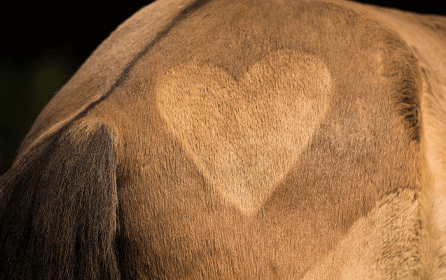
Is your horse struggling with fecal water? Find out on the blog what might be causing it and how you can best support your horse.
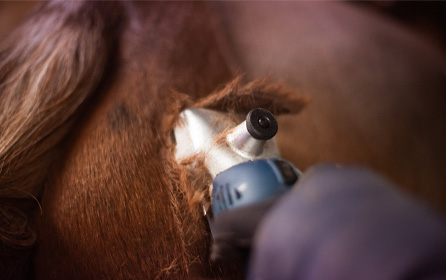
Winter coat goodbye? Not every horse needs to be clipped.
On the blog, you’ll learn when clipping makes sense, which clip patterns to choose, and what to keep in mind during coat changes.
On the blog, you’ll learn when clipping makes sense, which clip patterns to choose, and what to keep in mind during coat changes.

